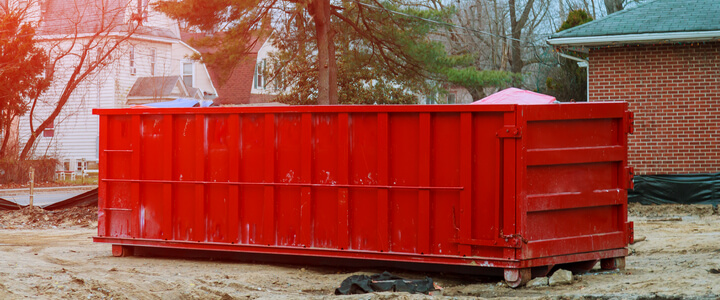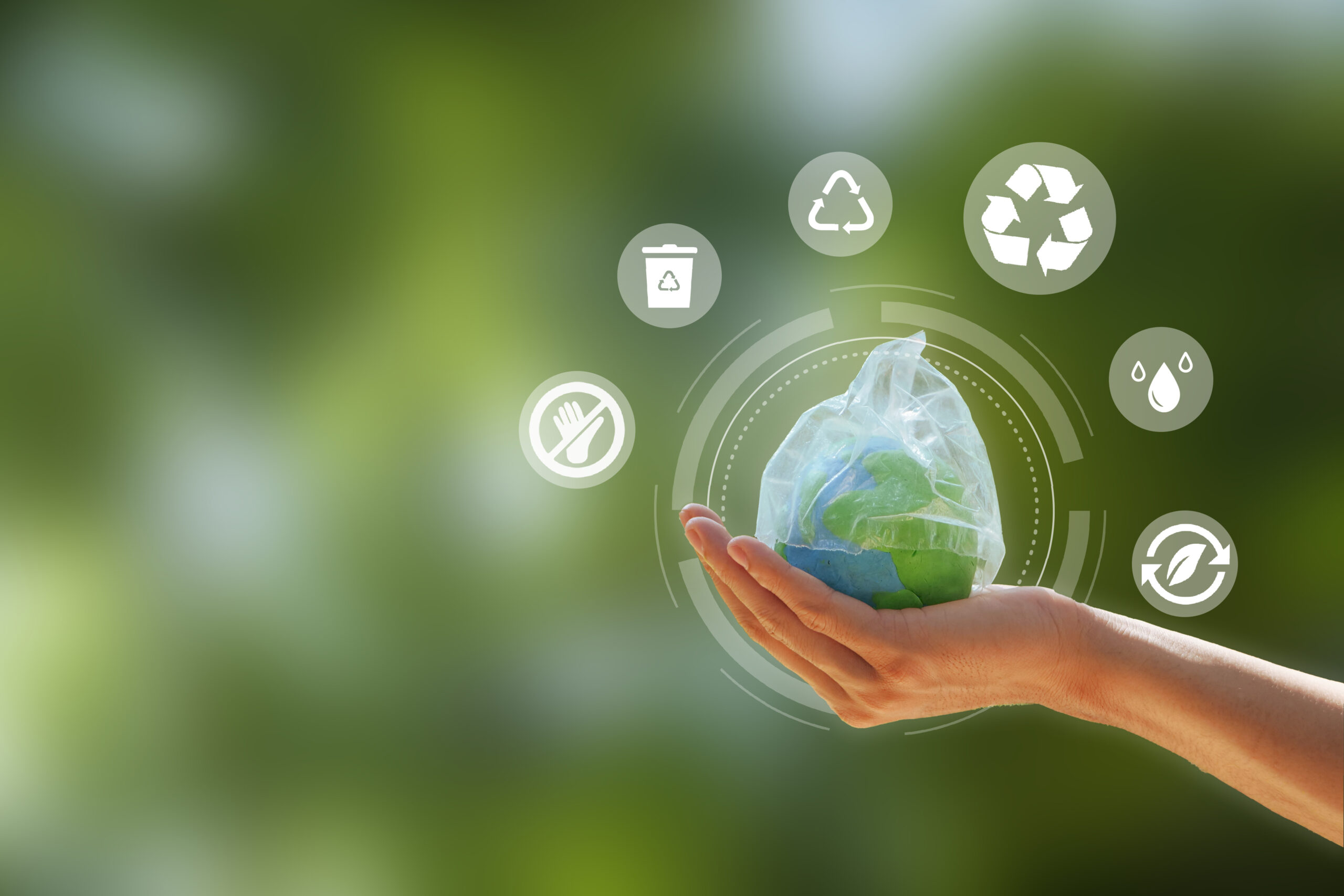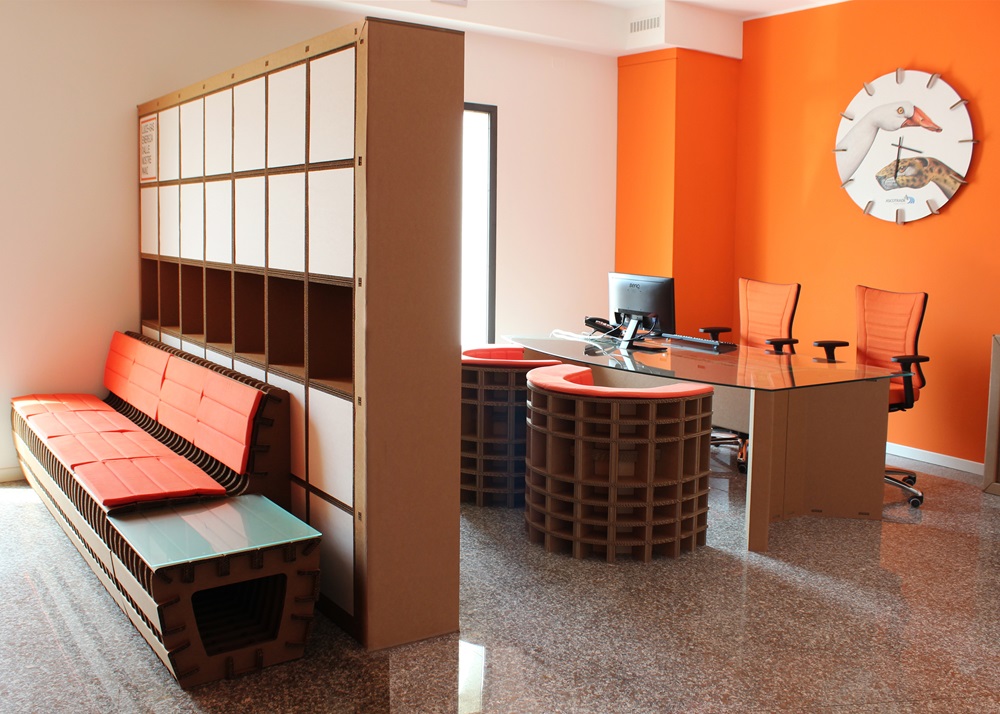6 Practical Ways to Reduce Your Carbon Footprint
Making the decision to reduce your carbon footprint may seem intimidating, but you don’t need to radically change your lifestyle to go green and become more eco-friendly. Almost everything has a carbon footprint, but there are many easy and affordable ways to proactively help our environment. By slightly changing our everyday behaviours like reducing our waste or simply changing the way we travel, we can all play our part. With that in mind, below are six practical ways you and your family can reduce your carbon footprint.
Reduce Energy Use At Home
From dryers and fridges to dishwashers and water heaters, many older household appliances consume a lot of electricity which accounts for much of your carbon footprint. When it comes time to upgrade your older, inefficient appliances, there have been some major advancements in technologies and energy use over the past few decades.
That means there are now plenty of options for ones with minimal energy consumption, which will not only reduce energy use but will also save you a significant amount of money in bills over time. So, when shopping for whitegoods and electronics, look for certified products with the Energy Star label to compare their efficiency.
Switch to Renewable Energy Sources
By far, one of the largest contributors to the effects of climate change and a large carbon footprint is the burning of fossil fuels. That’s why making the switch to renewable energy sources like solar or wind power is one of the most effective ways to reduce your emissions.
While these options may be too costly or not feasible for some, especially those who are renting, there are still plenty of other options available that offer similar emission savings such as choosing to purchase renewable power from a clean energy provider. Homeowners looking to make some home improvements can also install things like optimised insulation, energy-efficient windows, and air conditioning that automatically adjusts temperatures.
Reuse, Not Replace
Everything that you throw away adds to your overall carbon footprint. So, while it’s almost impossible to reduce your waste down to zero, you can decrease it by purchasing non-disposable products that last longer like shopping bags, ROKEY vacuum bags, drinking straws, coffee cups, and food containers. While you should always be recycling your trash, you should also be recycling and reusing everything else, like old toys, clothes, furniture, and getting your old model phone repaired. You can give most things a new life rather than discarding them, whether for yourself or by donating them for someone else to use.
Change Your Transportation
Another change you can make that reduces carbon footprint is being mindful of how you get to where you need to go. Choosing public transport or carpooling instead of driving your car can have a big impact because cars are another one of the largest sources of greenhouse gas emissions. You can also incorporate more walking, biking, or even roller-skating on weekends to reduce auto mileage. You should also perform regular maintenance to ensure that the exhaust emissions from your car are at optimal levels and that you are always getting the best mileage possible.
Minimise Food Waste
When you throw things away in the trash, their final destination will most often be a landfill, which is a huge source of pollution and greenhouse gases. Discarded food becomes methane gas as it rots, which contributes to climate change.
Simply by doing your food shopping a couple of times a week instead of bulk buying will ensure you aren’t buying too much. You should also store any fresh food like fruit and vegetables correctly, so they don’t go bad prematurely.
Buy Green, Eco-Friendly Products
A lot of newer plastics are a massive drain on our finite resources of petroleum, and a major contributor to greenhouse gases. That’s because they never fully decompose, taking many centuries until they become microplastics, and then they fill the surrounding soil with toxic chemicals.
You should reduce the wasteful plastics in your household by opting for products made by climate-neutral companies using greener and reusable materials. These firms are dedicated to reducing their greenhouse gas emissions as much as possible, and then paying for whatever carbon they cannot remove. For example, you can buy mined jewellery alternatives such as lab-grown diamonds and reusable liquid containers made of aluminium, glass, or recycled plastic instead of using plastic water bottles.
Final Thoughts
You don’t need to install a roof full of solar panels or choose to exclusively eat brussels sprouts to reduce your carbon footprint. Whether reducing your travel by car, turning your trash into treasure, or even how long you spend in the shower, there is a wide variety of little things you and your family can do to look after the health of our one and only home planet. So, every time you get in your car or you throw something out in your recycling bin, remember you’re not only doing your part to help the environment today, but you’re also helping ensure your family and the whole of humanity have a planet to live on in the future.



















